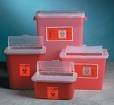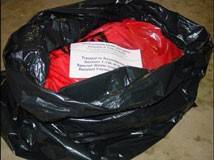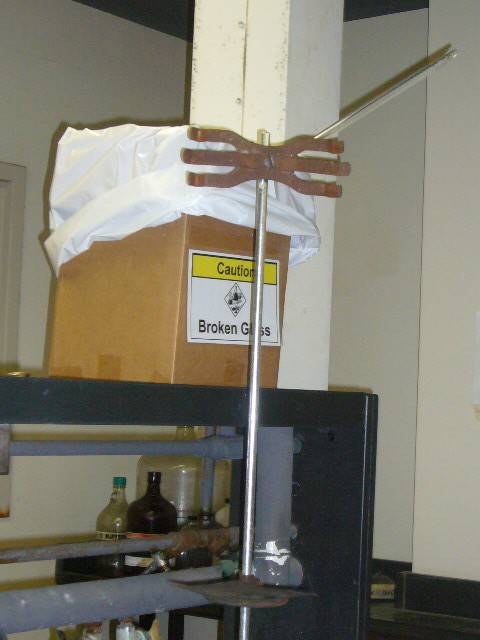Biological Waste Packaging Guidelines
BIOLOGICAL WASTE
Definition:
Waste contaminated with biological agents, and all sharps, whether contaminated or not.
Examples:
- Microbiological cultures
- Human Cell Cultures
- Human blood, blood products and other potentially infectious materials
- All contaminated disposable labware (culture dishes, pipet tips, tubes)
- All needles and syringes
Biological waste (except "sharps") that has been autoclaved can be disposed as General Waste in the building's dumpster. However, autoclaved waste in bags with biohazardous markings or labels placed in the building's dumpster for disposal can create disposal problems or concerns.
Before disposing of autoclaved waste into the building's dumpster, ensure no biohazardous markings or labels are visible. Autoclave material should be placed in an opaque plastic bag for General Waste disposal.
Do not autoclave chemical or radioactive wastes, nor place chemical or radioactive wastes in the biohazardous "burn boxes."
Non-radioactive decontaminated liquids should be flushed down the drain with copious amounts of water.
| Avoid contaminating the outside of the "biowaste box" to protect personnel handling boxes from being exposed to infectious agents. |
Packaging Guidelines | |
If Disposing: | Then: |
| | |
"Sharps" (needles, syringes, scalpel blades, etc.) |
|
| | |
|
Non-Sharp Solid Waste for Autoclave
|
|
| | |
Non-Sharp Solid Waste for Incineration
|
|
| | |
Contaminated Glass and Pasteur Pipets
| Contaminated glass may be treated by one of the following two methods:
|
| | |
Liquid Wastes |
|
| | |
Animal Carcasses |
|
| | |
If you have any questions or need further assistance, contact EHS&RM at 245-3616 | |




